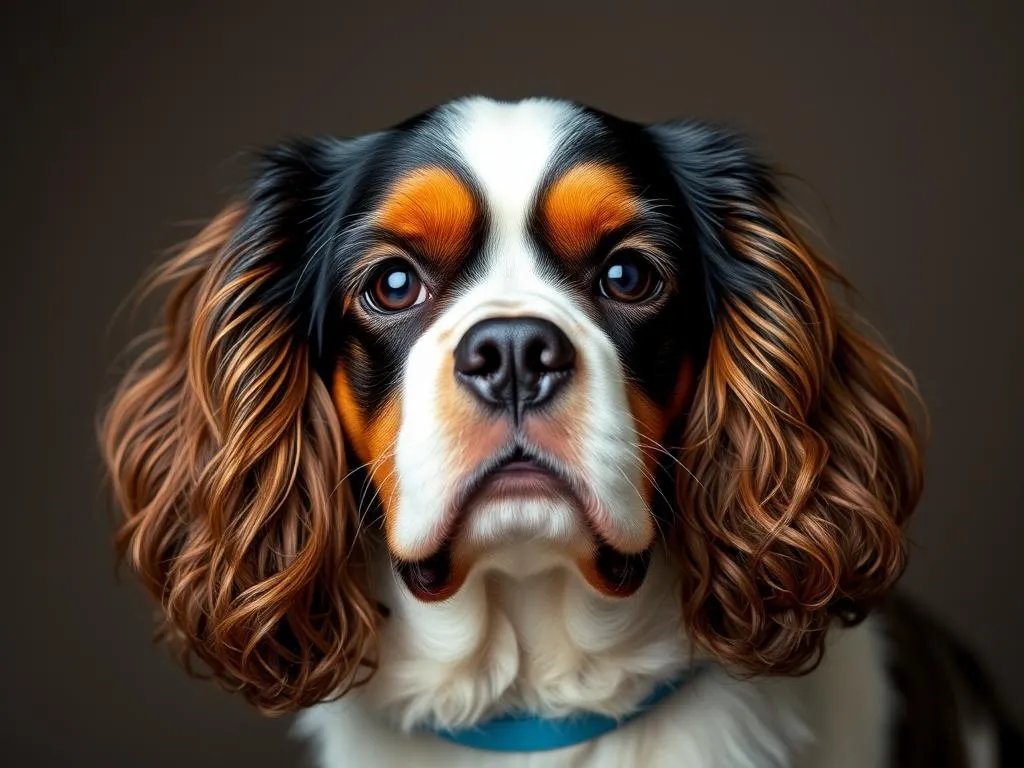
Introduction
Cocker Spaniels are beloved for their affectionate nature and charming appearance, making them one of the most popular family pets across the globe. Understanding the characteristics, history, and care requirements of this breed can help potential owners make informed decisions. In this post, we’ll dive into essential Cocker Spaniel facts, covering everything from their origins to their grooming needs, ensuring that you have a well-rounded understanding of this delightful breed.
History of the Cocker Spaniel
Origin of the Breed
The Cocker Spaniel traces its ancestry back to the early hunting dogs of Europe. Specifically, the breed was developed from the spaniels used for flushing game birds from dense underbrush. The term “Cocker” originates from their proficiency in hunting woodcocks. Over the centuries, spaniels were bred for various hunting purposes, leading to the emergence of different types, including the Cocker Spaniel.
Development Through the Years
The breed gained recognition in the late 19th century when it was officially distinguished from the other spaniel breeds. The English Cocker Spaniel and the American Cocker Spaniel emerged as two distinct varieties around this time, with variations in size and coat. The American Kennel Club (AKC) began recognizing the breed in the early 20th century, further solidifying its status as a cherished companion.
Cocker Spaniel Characteristics
Physical Traits
Cocker Spaniels are medium-sized dogs, typically weighing between 20 to 30 pounds and standing about 14 to 15 inches tall at the shoulder. They are known for their long, flowing ears, expressive eyes, and sturdy build.
Coat Types and Colors
The coat of a Cocker Spaniel is soft and silky, requiring regular grooming to prevent matting. The breed has a variety of coat colors, including:
- Solid colors: Black, liver, red, and golden.
- Particolor: White with patches of any color.
- Roan: A mixture of colored and white hairs, creating a speckled appearance.
Temperament and Behavior
Cocker Spaniels are renowned for their friendly and affectionate nature. They tend to be good with children and other pets, making them excellent family companions. Their playful demeanor and eagerness to please make them highly trainable.
Intelligence and Trainability
This breed is known for its intelligence, often ranking among the more trainable dog breeds. Cocker Spaniels thrive on mental stimulation and enjoy learning new tricks and commands.
Training Tips
- Start Early: Begin training as a puppy to instill good habits.
- Use Positive Reinforcement: Reward-based training fosters a strong bond and encourages good behavior.
- Be Consistent: Use consistent commands and signals to avoid confusion.
Health Considerations
Common Health Issues
Like any breed, Cocker Spaniels are prone to certain health issues. Common problems include:
- Ear Infections: Their long ears can trap moisture, leading to infections.
- Hip Dysplasia: A genetic condition that affects the hip joint.
- Eye Conditions: Such as cataracts and progressive retinal atrophy.
Regular veterinary check-ups are essential for early detection and management of these conditions.
Lifespan and Care
Cocker Spaniels typically have a lifespan of 12 to 15 years. Proper care, including a balanced diet, regular exercise, and routine veterinary visits, is crucial in ensuring their longevity.
Living with a Cocker Spaniel
Ideal Living Conditions
Cocker Spaniels adapt well to various living environments, but they thrive in homes where they have space to play. While they can live comfortably in apartments, access to outdoor areas for exercise is beneficial.
Exercise Requirements
These dogs require moderate exercise, typically needing at least 30 to 60 minutes of activity daily. Activities may include:
- Walks
- Playtime in a yard
- Fetch
Socialization and Interaction
Socialization is key for Cocker Spaniels. Exposing them to different people, pets, and environments during their formative months helps them grow into well-adjusted adults.
Recommended Activities for Bonding
- Playdates with Other Dogs: Helps with social skills.
- Family Outings: Cocker Spaniels love to be included in family activities.
- Training Classes: Bonding through learning can strengthen the owner-pet relationship.
Grooming and Maintenance
Grooming Needs
Cocker Spaniels have a long, beautiful coat that requires regular grooming to maintain its condition. Grooming should include:
- Brushing: At least once a week to prevent mats.
- Bathing: Every 4 to 6 weeks, or as needed.
- Ear Cleaning: Regular checks and cleaning to prevent infections.
Nutrition and Diet
A balanced diet is crucial for maintaining your Cocker Spaniel’s health.
Recommended Diet
- High-Quality Dog Food: Look for brands that specify meat as the first ingredient.
- Feeding Schedule: Two meals a day is generally recommended.
- Avoid Overfeeding: Cocker Spaniels can be prone to obesity, so portion control is essential.
Cocker Spaniel Training Tips
Basic Commands
Every Cocker Spaniel should learn essential commands, including:
- Sit
- Stay
- Come
- Down
These commands form the foundation for good behavior and communication between the dog and owner.
Dealing with Behavioral Issues
Common behavioral problems in Cocker Spaniels include barking, chewing, and separation anxiety. Identifying the root cause and addressing it with consistent training methods is crucial.
Importance of Positive Reinforcement
Using positive reinforcement techniques—like treats, praise, and affection—can effectively mitigate behavioral issues while strengthening the bond between you and your dog.
Cocker Spaniels in Popular Culture
Representation in Media
Cocker Spaniels have been featured prominently in movies and television shows, often depicted as lovable family pets. Notable examples include “Lady” from Disney’s Lady and the Tramp, which helped solidify the breed’s affectionate image in popular culture.
Cocker Spaniels in Competitions
Cocker Spaniels frequently participate in dog shows and competitions, showcasing their beauty and skills. They are known for their grace and elegance, earning numerous awards in conformation and obedience events.
Conclusion
Cocker Spaniels are more than just beautiful dogs; they are loyal companions that bring joy and love to families. Understanding their history, characteristics, and care needs is vital for potential owners. By considering the Cocker Spaniel facts shared in this article, you can make an informed decision and enjoy the many rewards of owning this delightful breed.
FAQs about Cocker Spaniels
What is the difference between American and English Cocker Spaniels?
American Cocker Spaniels are generally smaller with a more rounded head and shorter muzzle, while English Cocker Spaniels have a longer, more athletic build and a longer muzzle.
Are Cocker Spaniels good with children?
Yes, Cocker Spaniels are known for their gentle and affectionate nature, making them great companions for children.
How much exercise do Cocker Spaniels need daily?
Cocker Spaniels typically need 30 to 60 minutes of exercise each day to stay healthy and happy.
What are the best activities for Cocker Spaniels?
Best activities include daily walks, playtime in the yard, fetch, and participation in dog sports or agility training.
How often should I take my Cocker Spaniel to the vet?
Regular veterinary check-ups should occur at least once a year, with more frequent visits recommended for older dogs or those with health issues.









